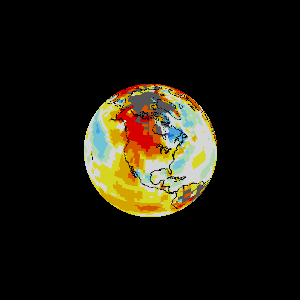
 |
||
| Tomorrow's world is today's choice. | ||
| Carbon dioxide levels in February 2015 hit a 23 million year high. |
"Those of us alive today breathe air never tasted by any of our ancestors in the entire Homo genus."
Widespread and affordable solutions to rising emissions of heat trapping gases from human landscape changes across the face of the Earth are now being used and if these were more widely adopted could prevent or reduce the damaging impacts of industrial pollution on the air and oceans. The recent detectable changes in the chemistry of the oceans is a clear indicator of destructive alterations by abrupt climate change due to human disruption of the carbon cycle seriously affecting our atmosphere and oceans now and for some time to come. Because life depends on the thermal and chemical buffering capacity of the oceans and atmosphere the loss of vegetation, wildlife and fisheries will last for generations. Current destructive habits increase carbon dioxide levels daily because industrial practices in agriculture, manufacture, and transport are producing more heat trapping gas than the biological life of the planet can assimilate. This global problem is current and only grows worse in the future as we avoid planning for the evacuations that are even now occurring and inevitable adaptation. Hard decisions are made more difficult by waiting or thinking that abrupt climate change has not already taken place, but is a problem for the future.
Human interference in functionally necessary carbon cycles can be resolved in a manner that may enhance rather than undermine the ecological integrity of the Earth. Industrial nations and mechanized processes added 36 gigatonnes of carbon dioxide in 2013 into the air, well beyond the capacity of the oceans and landscapes to soak up the carbon. "Of the total emissions from human activities during the period 2004 to 2013, about 44% accumulated in the atmosphere, 26% in the ocean and 30% on land. During this period, the size of the natural sinks has grown in response to the increasing emissions," but there is a finite absorption level or assimilative capacity of the Earth, oceans, and living systems.
The pace of a sixty-one percent increase over 1991 levels of heat trapping emissions is disturbing. 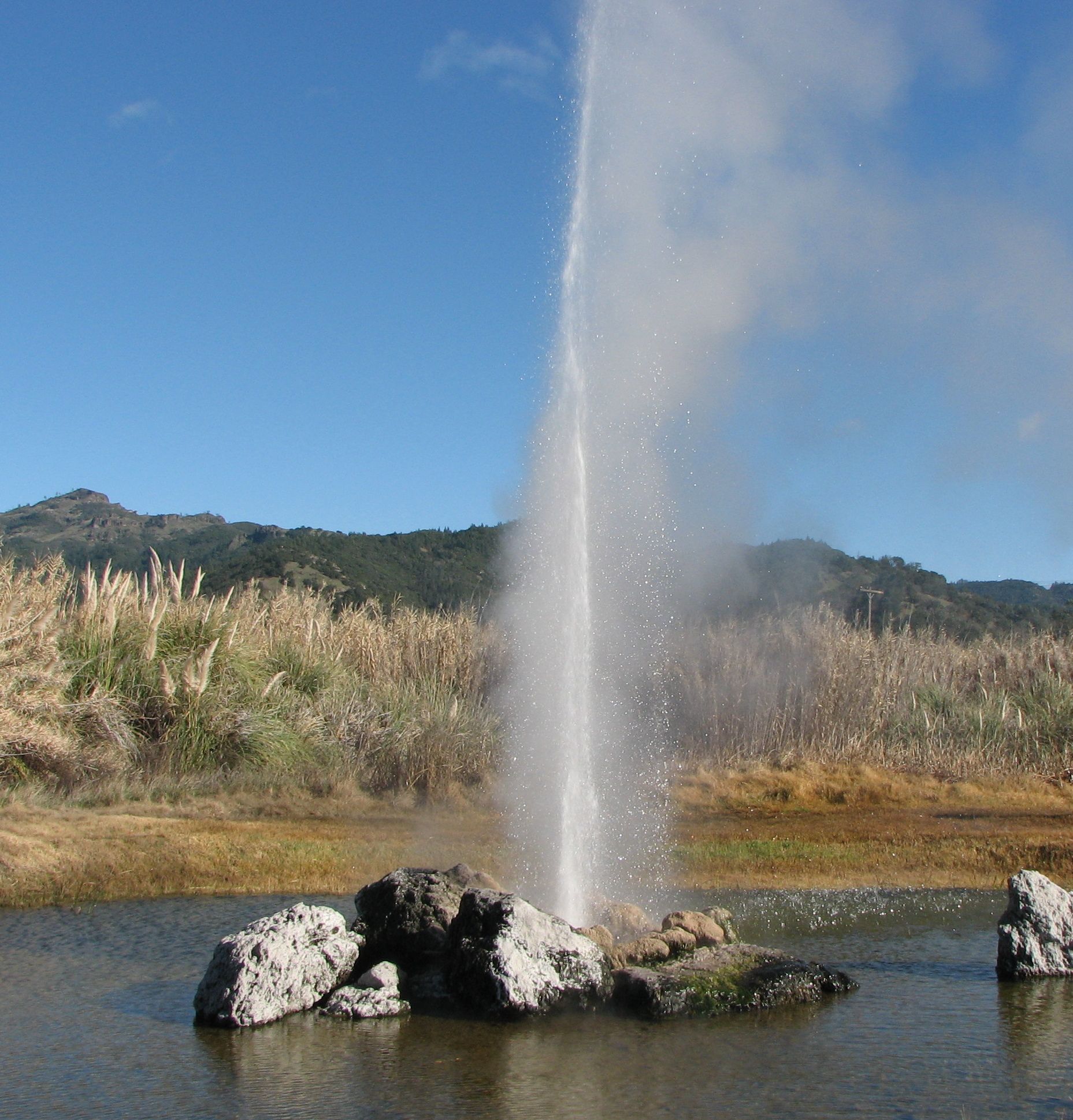 "The speed at which Earth’s atmosphere has reached that density of carbon dioxide, a known greenhouse gas, has scientists alarmed." The unwillingness of communities to adopt new techniques can be seen in a widespread misunderstanding of geothermal energy in meeting people's electricity, heating, and cooling needs.
"The speed at which Earth’s atmosphere has reached that density of carbon dioxide, a known greenhouse gas, has scientists alarmed." The unwillingness of communities to adopt new techniques can be seen in a widespread misunderstanding of geothermal energy in meeting people's electricity, heating, and cooling needs.
Because the immensity of these persistent, prolonged and pernicious impacts will linger for centuries, the sooner we act the more effective a shift to "geothermal thinking" can be. Recent events reveal these damaging impacts such as the prolonged droughts in Africa, West Asia and the Americas have alerted some to an enduring shift in air and water circulation patterns in the atmosphere. The pernicious threat of climate change need not cause these unusual upheavals if we were to envision a more astute and accurate view of the planet. The Earth is a peculiar planet of paradox; at great depth there is molten magma often seeping toward the surface but at the depth of a few meters the temperature fluctuations are much less than on the surface where temperatures may oscillate from below freezing to over 130 degrees Fahrenheit. The University of East Anglia has made up a list of over a dozen elements to watch across the globe to ascertain the tipping points for our present climate system, clearly they missed Iraq and Syria, though the North African situation was on their priority of items for which to monitor. If you place the map beside know geothermal hot spots what one begins to see is an ample capacity of the Earth's systems to meet human electricity needs in a less destructive manner than combusting more fossil fuels.
Tipping points are the clues to when we reach the planetary threshold for irreversible oceanic and atmospheric change. These existing elements are categorized in three groups" changes in circulation, melting of once-stabilized ice systems, and loss of extensive natural biologically diverse realms. Alley (2003) et al. (2002, 2007) have identified tipping points to "occur when the climate system is forced to cross some threshold, triggering a translation to a new state at a rate determined by the climate system itself and faster than the cause." 4
At this moment, we have a brief window of opportunity within which to act to reduce pollution, waste, and inefficiencies. The window of opportunity is closing fast because we are inexorably passing a threshold or a very costly point of no return. By reshaping the planet to better meet the consuming habits of more than seven billion inhabitants our use of powerful technologies has unintentionally brought humankind to a crossroads. These crossroads may be thought of as an intersection of threshold lane and opportunity street, where dwells a cluster of limitations.
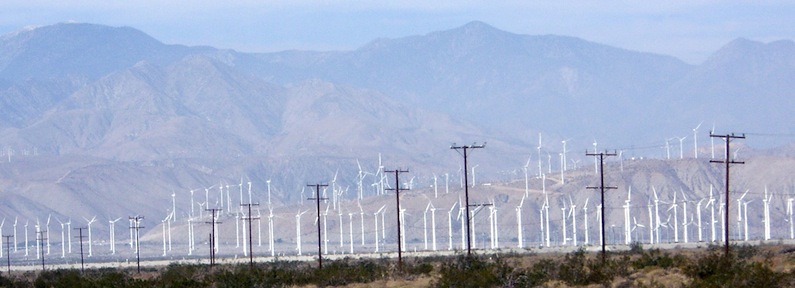
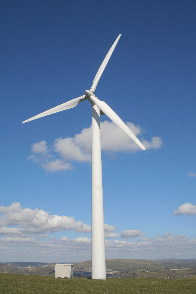
The heating and cooling of buildings and choices of transportation are only two significant spheres of energy consumption that could benefit from a getting "down to earth" with respect to the quality, quantity, timing and distribution of sources for meeting our growing energy fuel needs. Because all but two types of electricity generating require water, the importance of including water conservation in adopting viable energy options is a significant but overlooked option in state, regional, and national discussions. The outspoken critics of wind and solar power citing their intermittent availability frequently forget that wind and solar forms of energy do not require the amount of water to which conventional coal and natural gas generated electricity must have continual access.
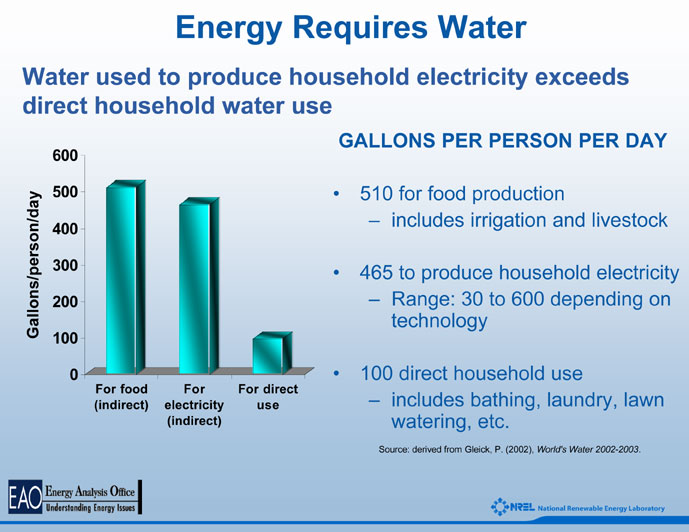
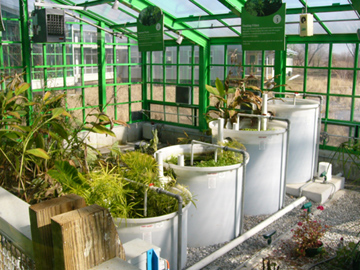 The living machine design by John Todd.
The living machine design by John Todd.
The rather imprecise character of this confluence of rising demands, water dependent energy sources, and abrupt climate change combining to foster a looming threshold suggests that geothermal as both an passive and active means to provide sufficient energy and electricity is a more cautiously profitable direction than any of the nuclear, oil, shale, natural gas fracturing, and coal mining alternatives for generating what is called base-load, electrical power.

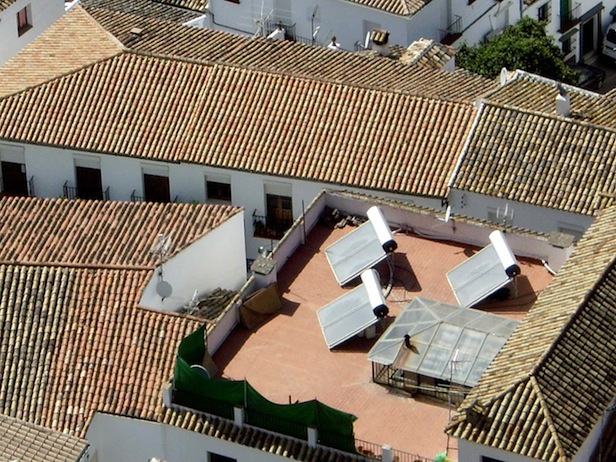
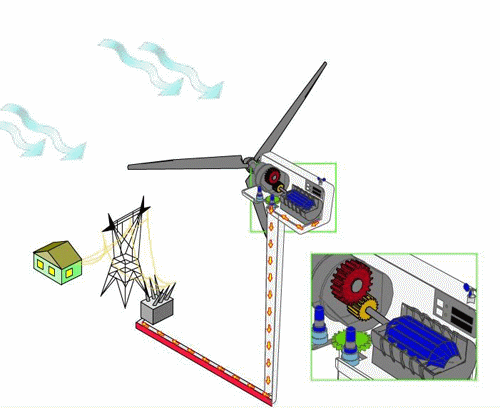
Thresholds indicate the capacity of the physical and chemical conditions to sustain our wants and the earth's life simultaneously without diminishing the planet's functional resilience to sustain future population growth and also maintain robust levels of biological diversity.

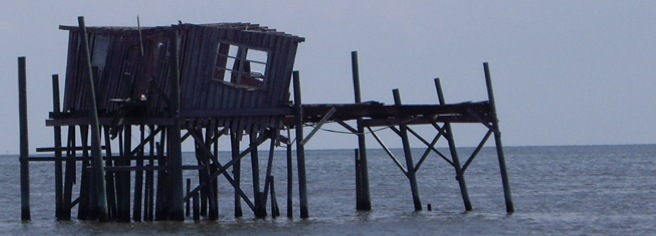
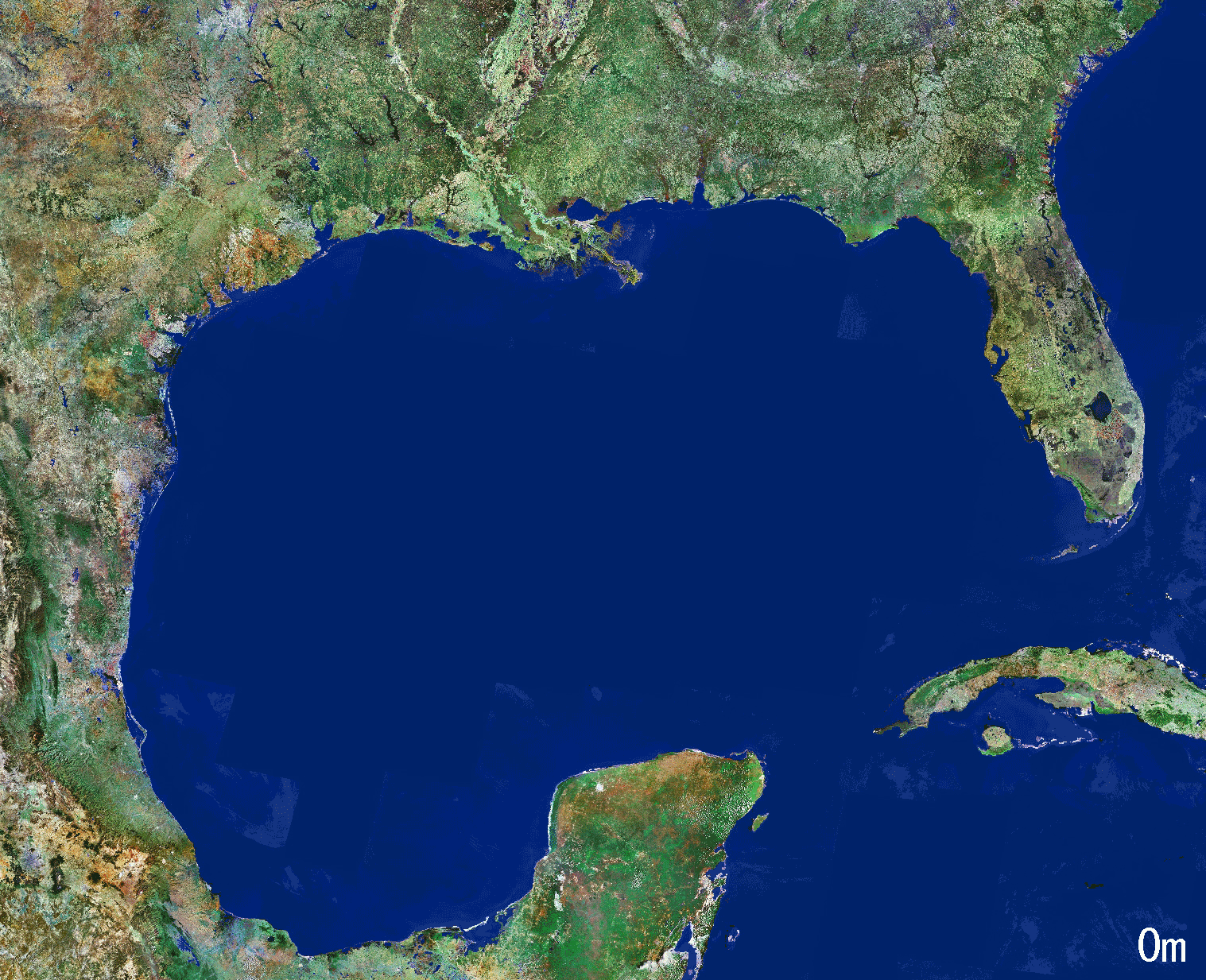
Now we must begin to reduce our adverse impacts and adjust to a volatile new globe because people, communities, and wildlife are feeling the affects of abrupt climate change around the world today. The diversification of fuel sources and the use of distributive electrical systems are called mitigation. The strategy is one of two broad categories of solutions to our pollution problems. Unless carbon is monetized to reflect its beneficial and adverse roles in the accelerating abrupt climate disruption, the need for adaptive measures will demand an array of ways to solve our common threat to food, fuel and financial security. Solutions exist but are not widely affordable due to commercially prohibitive barriers to their use and competitive access to capital that still favors pollution and consumption rather than building endurance into our lives for the future by conserving natural resources and preserving the sources of their biological, chemical, and physical regeneration.
 |
Sources 1 "CO2 Levels for February Eclipsed Prehistoric Highs Global warming is headed back to the future as the CO2 level reaches a new high." Scientific American, March 5, 2015. By David Biello. Quotation at the start. The United Kingdom's slogan for a National Climate Change education campaign under Blair-Brown. The Climate Change Video Clip. The film's voice over begins, "Life depends on the warmth of the sun being trapped by the layer of gases that surround the earth..." 2 WASHINGTON, July 16, 2010 - Choices made now about carbon dioxide emissions reductions will affect climate change impacts experienced not just over the next few decades but also in coming centuries and millennia, says a new report from the U.S. National Research Council. 3 Example: 0.000393 is expressed as 393 ppm or parts per million concentration. The number sound small, but has a huge impact out of all proportion to its percent of the global atmosphere Signatory nations in 1992 to the UNFCC, "are legally bound to reduce worldwide emissions of the six greenhouse gases (carbon dioxide, methane nitrous oxide, ozone, CFCs, and halocarbons). These gases are trace gases that account for less than 1% of the atmosphere, yet have a big impact on the chemical regulation of our climate, So much so that carbon dioxide could be viewed as the compound that acts as the air & ocean's thermostat because it retains heat. 4 News, "Arctic Sea Ice levels to reach Record Low..." John Vidal, environment editor, The Guardian, Thursday 23 August 2012 09.11 EDT. Arctic sea ice levels to reach record low within days." The dramatic melt expected over the next week signals that global warming is having a major impact on the polar region. On tipping points: Alley R.B., Marotzke, J., Nordhaus, W.D., Overpeck, J.T., Peteet, D.M., Pielke, R.A,… Wallace, J.M. (2003). Abrupt climate change. Science, 299(5615), 2005–2010. See: Ecosystem Destruction web site.
5 What Germany Can Teach the U.S.: Rewrite Old Laws, By James R. Maxeiner. ATLANTIC Magazine. 6 MAR 29 2012, 7:00 AM ET 49. "Laws go out of date, so why can't the U.S. regularly revise and update them, as some European countries do?" 6The California Experiment, By RONALD BROWNSTEIN. ATLANTIC Magazine, October, 2009. 7The True Cost of Coal, By ROBERT CULLEN, ATLANTIC Magazine, December, 1993. 8 Population as of 20:01 UTC (EST+5) Oct 08, 2012. Joseph V. Siry, Preserving Biological Diversity Despite Losses Due to Abrupt Climate Change. How much water does it take to make gasoline? Guide to Technical climate facts on the web
Rothenburg, Germany and Sacramento, California.
Solar cookers in South Africa, and photovoltaic panels in Keswick, United Kingdom. Windmills in Spain. How do we know humans are changing the Earth? Biome loss Circulation changes Melting of reflective Ice cover. Sources of the signals that the threshold is being breached: Biome loss
Circulation changes
Melting of reflective ice cover and cryosphere changes.
Archer | Christianson | Gelbspan | James Hansen, 04 : Hansen 06 | McKibben| Schmidt | Weart | Wigley |
|||||||||

|
||||||||||